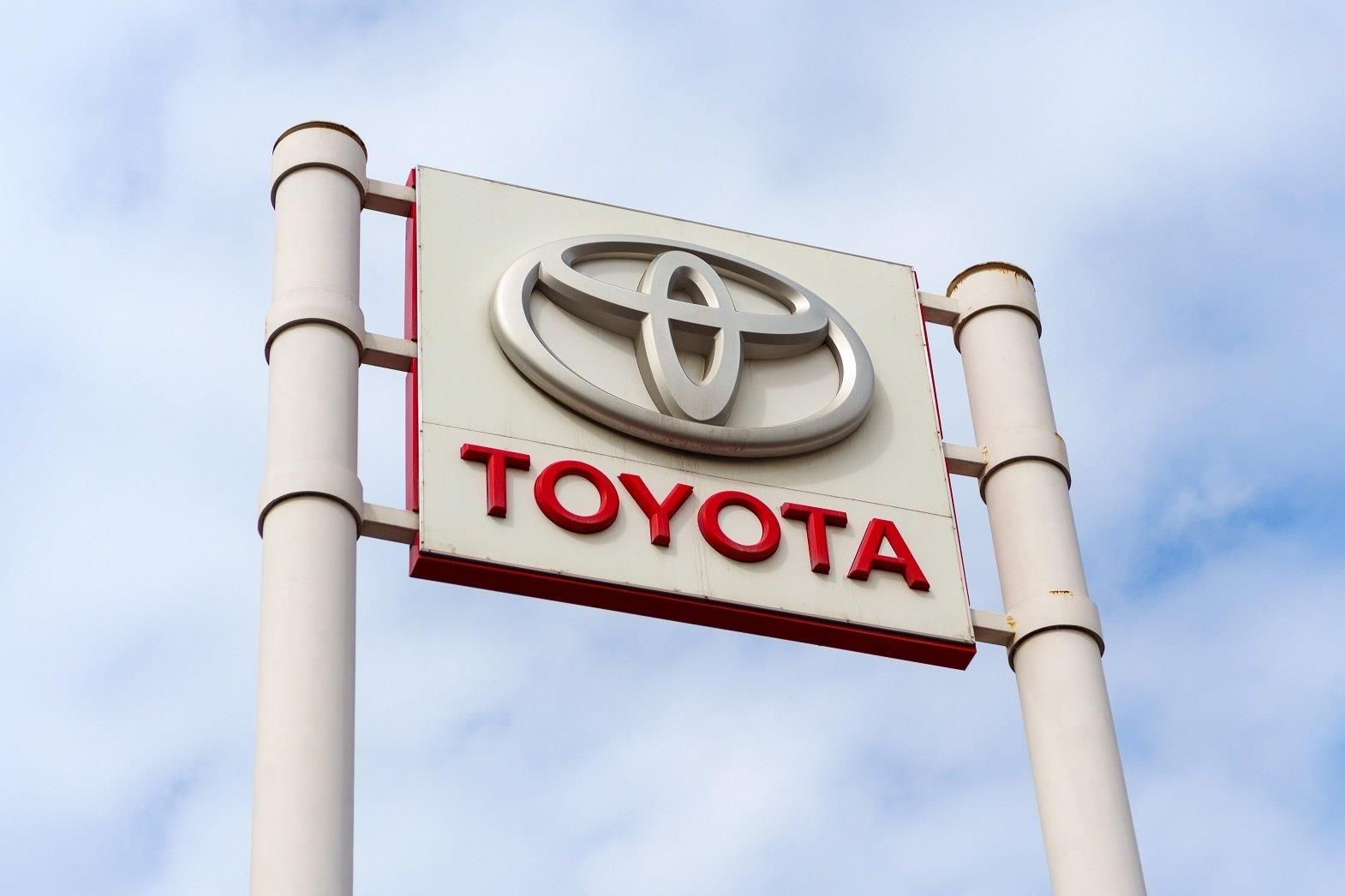(Views expressed in this article are the personal opinion of the author.)
We don't often think about problems as treasures. In fact, we typically view problems as negative. We treat problems as something to be avoided, ignored or hidden. And yet, it is those very problems that provide a pathway for future improvement. The problems that we encounter in our daily operations are really opportunities-but only if we can accept them as gifts and stop sweeping them under the proverbial rug. It is when problems are ignored that they grow and multiply to something that negatively affects the customer-the ultimate sin.
We can translate those problems in to improvement opportunities by embracing abnormality management (focusing on mistakes as things to be proactively managed). The practice of abnormality management is critical to continually improving the process because helps us to realize that a problem exists,understand the root cause, and implement a solution. Most importantly, we must monitor the corrective action to determine if the solution was appropriate and to continue making improvements until the problem is permanently resolved. It sounds simple, and we hear it often, but only organizations with a highly disciplined culture sustain results and continuously improve.
Defining a process to track problems and their corrective actions is critical for turning them into opportunities. In daily operations, the Performance Board (or SQDC Boardsafety, quality, delivery and cost) in the process area along with a kaizen newspaper is our preferred method for identifying abnormalities; developing corrective actions; and tracking completion and sustainment. (A kaizen newspaper is a sheet with the problem, corrective action, responsible party, timing, and status. It is mounted on the Performance Board.) When these problems are larger in scope or become chronic, the A3 form is another helpful tool to ensure problem resolution. Regardless of the tool you choose always, always follow a disciplined approach to problem solving.
The complexity of a process or chaotic conditions might force an organization to prioritize the problems that warrant a permanent solution. However, making that choice and driving those most-critical problems away is crucial to continuous improvement. A mentor of mine once told me, "You may have to firefight 10 fires each day, but if you don't spend the time required to permanently extinguishing at least one a day, tomorrow they will become 11, then 12, and so on until you are buried."
Toyota's recent quality issues have definitely reached their customers, and the results have been painful. Toyota has arguably been the highest-quality and most effective car producer for two decades. The other automotive companies have used this opportunity to catch up and even pass Toyota in some ways. It is going to be very interesting to see what changes result from Toyotas recent opportunities.
So what about your company? How are you going to capitalize on your treasures?
About the Author:
Mr. David Pate is the Director of TBM Consulting Group, Inc.
This article was originally published in The Stitch Times magazine, September, 2012.







Comments